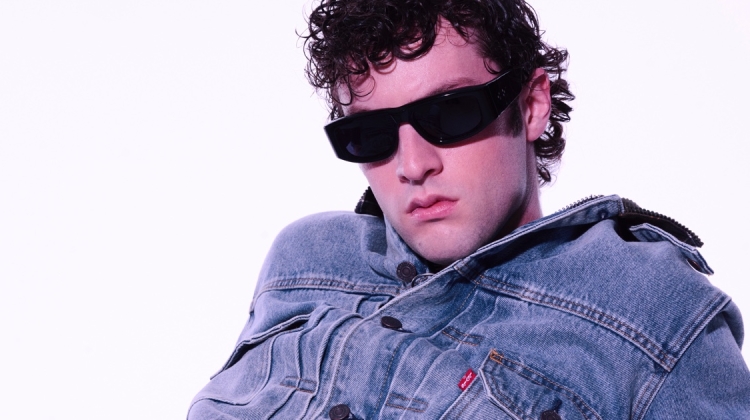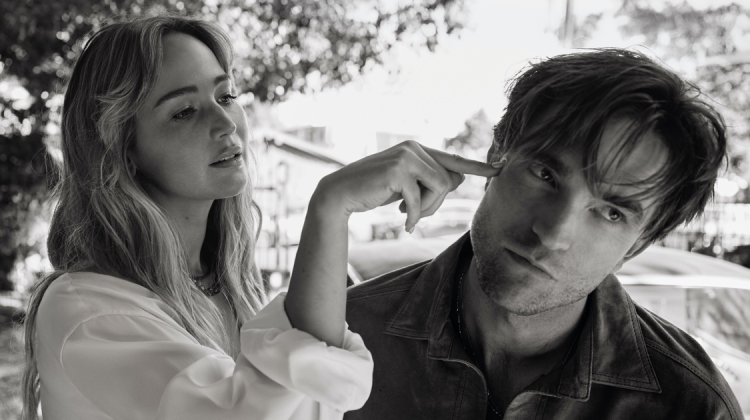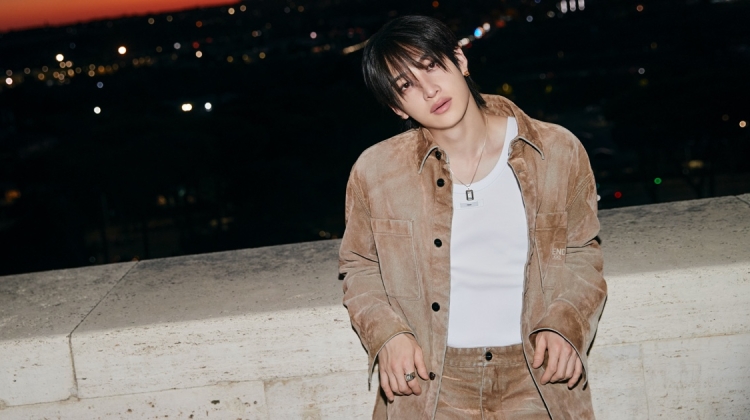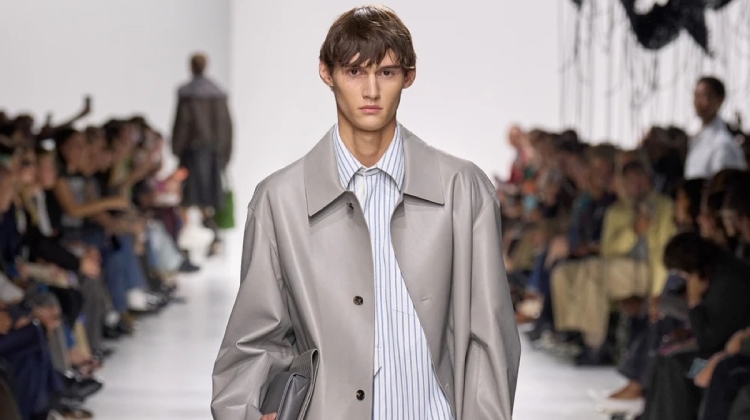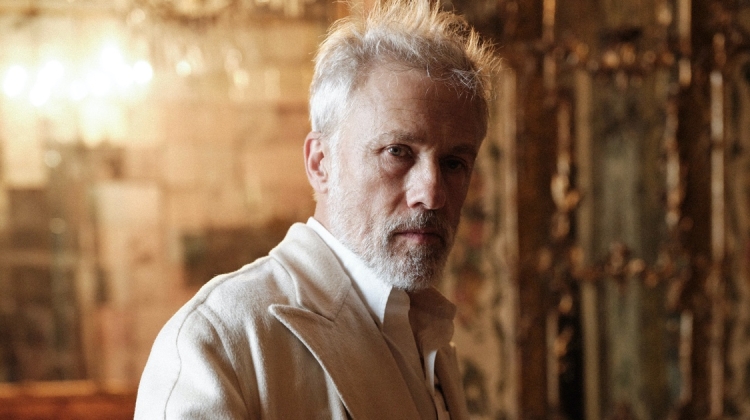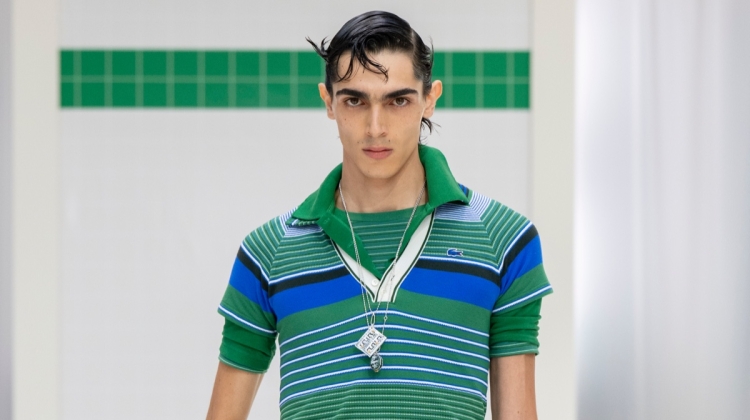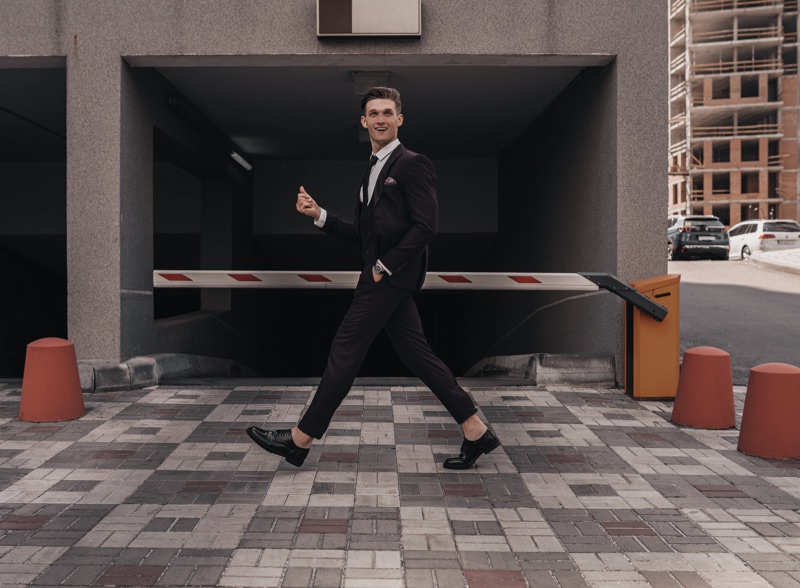
Fashion films create moments that stay with you. In a few short minutes, they can spark emotion, reveal character, and wake a collection up. These videos look good and make you feel something. A well-crafted campaign can be as stirring as a song or as memorable as a favorite scene from a movie.
In menswear, especially, these films go beyond surface style. That’s whether focused on Gen Z fashion or more mature style. They explore who the man is, how he moves, and what he stands for. Whether it’s a sharp suit in a surreal set or a knit sweater on a windswept hill, each visual is packed with meaning.
Telling Stories Through Style
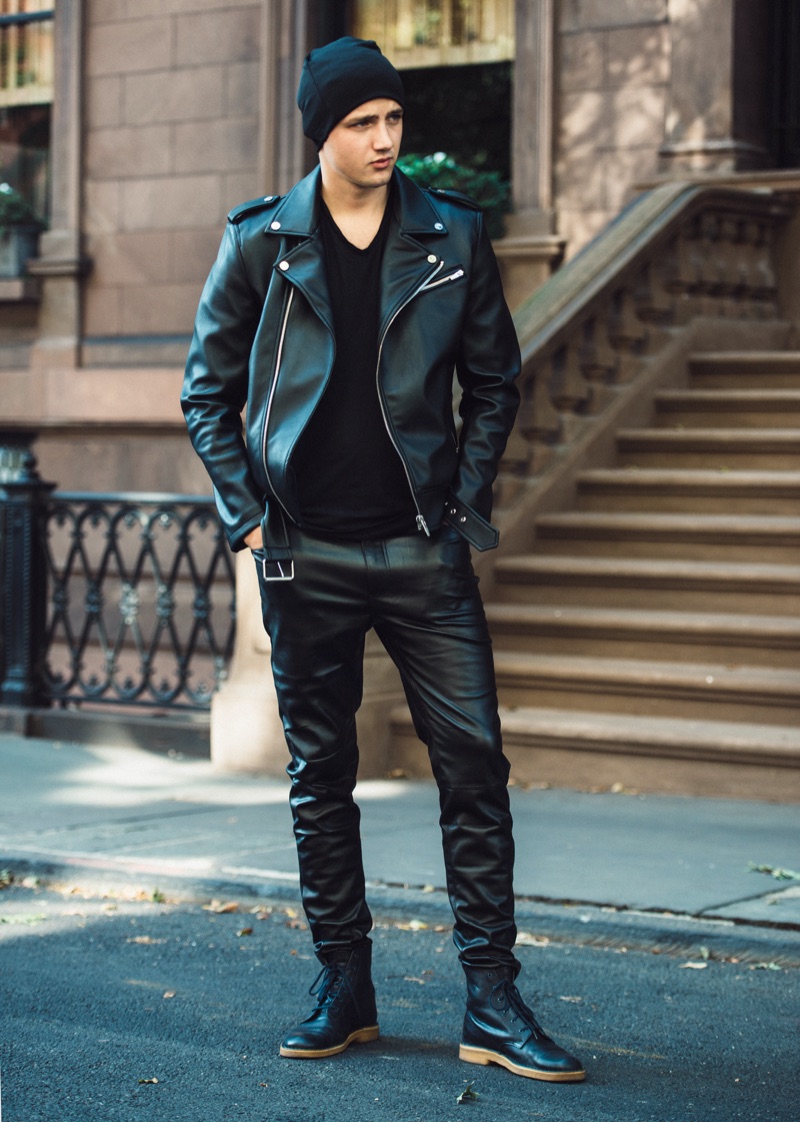
A good fashion video shows the clothes while giving a message. The best ones stick with you, not because of a logo, but because of a feeling. Brands use campaign films to shape identity, and in menswear, that often means showing the man behind the look.
Take BOSS and its clean, motivational tone, or Zegna’s quiet moments that blur elegance with nature. They use movement, music, and atmosphere to tell a story that runs deeper than the fabric. The video editor plays a key role here by cutting scenes, setting the pace, and making sure every frame supports the emotion.
And it works. The viewer sees a jacket and how it fits into a life. Whether it’s rebellion, confidence, or stillness, the story gives the clothes weight. Because in men’s fashion, style isn’t just worn. It’s lived.
From Vision to Script: Behind the Creative Direction

Every strong fashion film starts with a clear point of view. Brands build a concept. That means sketching out moodboards, picking reference films, and shaping a story that fits the season’s intent.
In menswear, that message often circles around identity, ambition, or attitude. A clean-lined collection might call for minimalist storytelling; something more rugged leans into grit or solitude. Directors, stylists, and editors work together to thread the visuals into a single mood.
It’s not always literal. Sometimes the concept is abstract with a tone more than a plot. But even then, every shot has purpose. Take Prada’s quiet intensity or Versace’s glamorous confidence. These aren’t accidental vibes. They are decisions.
Cinematic Language & Aesthetic Choices
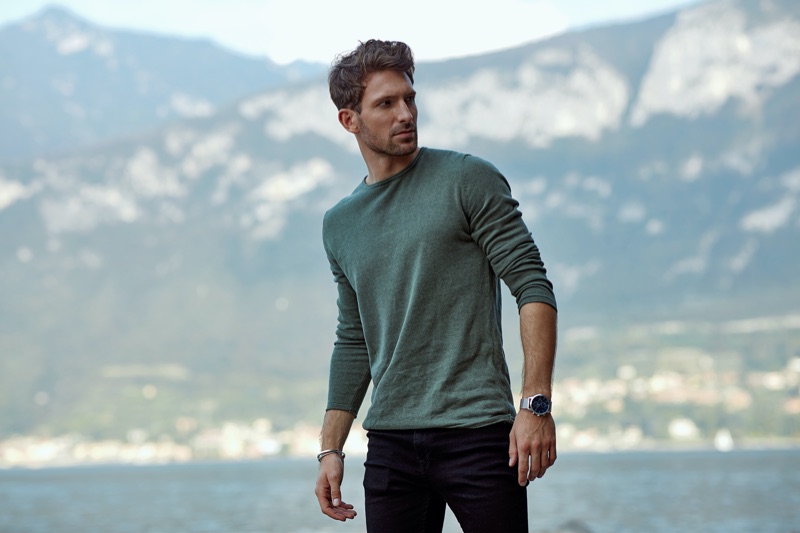
Style in motion needs the right lens. The way a fashion video is shot, including the angles, lighting, and edits, shapes how we read the clothes. Menswear campaigns play with tone, whether it’s sharp and structured or soft and moody.
Some brands go clean and minimal, like COS with its neutral palettes and still frames. Others go bold. For example, Balmain leans into high drama with fast cuts and intense lighting. Then there’s raw realism, like what you’d see from Wales Bonner.
Camera work matters. A slow zoom can build tension. A handheld shot can make it feel personal. Music, color grading, and pace all build the story without a single word.
Casting Modern Masculinity

Who wears the clothes matters just as much as how they’re shot. Casting in advertisements goes beyond looks and also focuses on presence. The right face tells the narrative without saying a word.
Robert Pattinson brings brooding cool to Dior Men. NBA stars like Draymond Green in BOSS advertisements add ambition and edge. Harris Dickinson’s quiet intensity sets the tone for Prada. These choices shape how we see the clothes and the kind of man wearing them.
Modern promos don’t just cast models. They cast identities. That might mean featuring artists, athletes, or everyday guys with something real behind their eyes. Diversity, age, and background all play a role in showing what masculinity looks like now.
Fashion as Symbolism
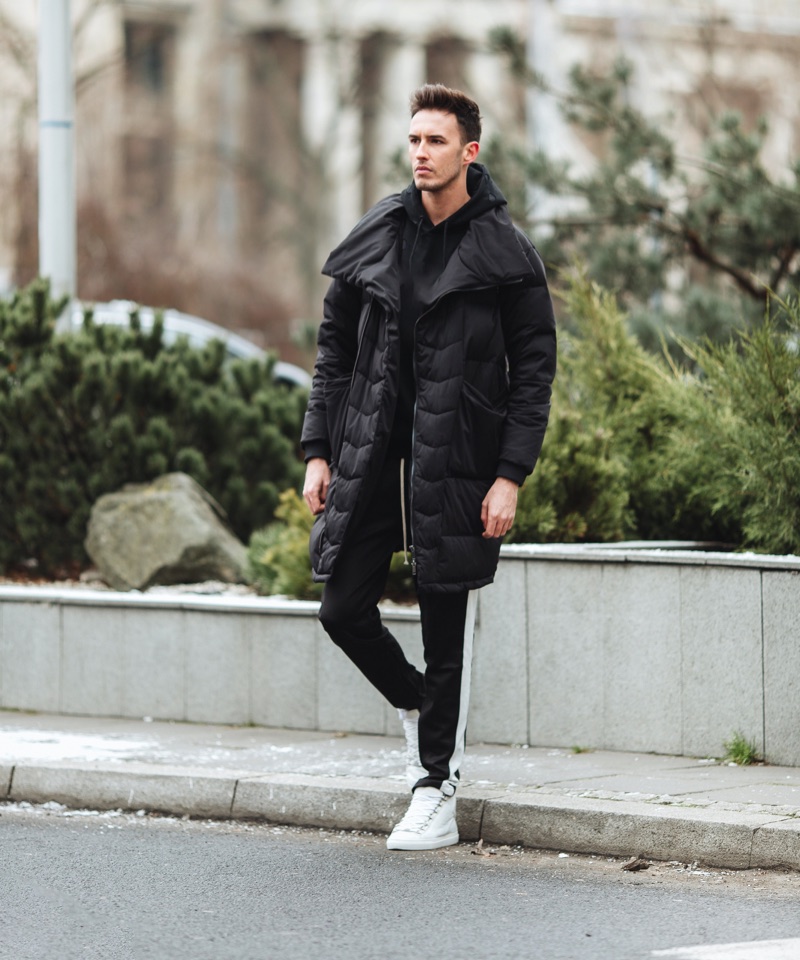
In a campaign video, clothes are also a signal. A sharp suit can read as power. A slouchy knit might suggest ease or escape. The styling choices tell us who this man is, or who he wants to be.
Menswear leans into this with precision. Zegna’s clean tailoring whispers control. Rick Owens uses drape and proportion to create drama. A bomber jacket in a Martine Rose film might appear defiant, while a crisp white shirt in a COS ad feels like clarity.
It’s not just about trends. It’s about meaning. The fabrics, colors, and silhouettes build a silent language. They guide the viewer, hinting at ambition, rebellion, elegance, or introspection.
Set Design & Atmosphere
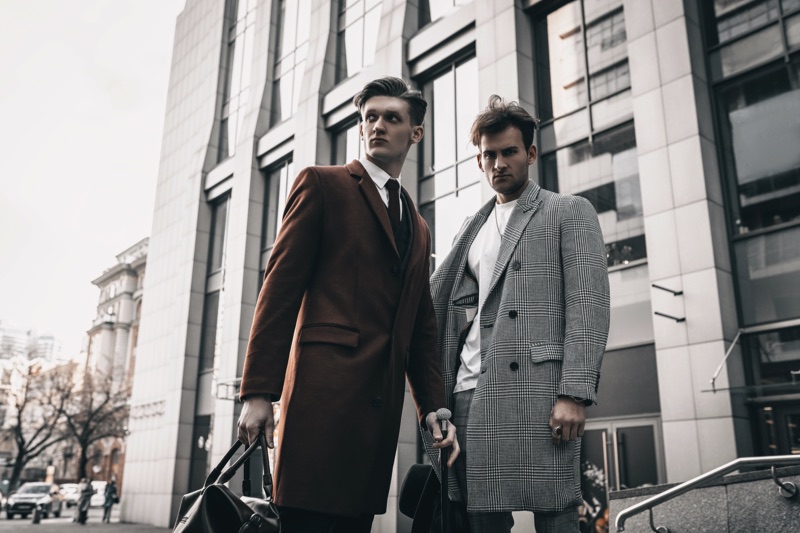
Where an advertisement is shot changes how the clothes feel. A clean, white room sharpens the look. A foggy hillside softens it. The setting is all about the message and the background.
Menswear campaigns use space to frame identity. Dior Men builds futuristic sets that stretch time and place. Zegna places its suits against vast, open landscapes, making the structure appear serene. Prada leans into surreal interiors that add tension and depth.
Even empty space says something. It can reflect isolation, focus, or freedom. Every wall, street, or field is chosen with purpose. The environment wraps around the model and the clothes, shaping the emotional tone.
Sound, Music & Emotion
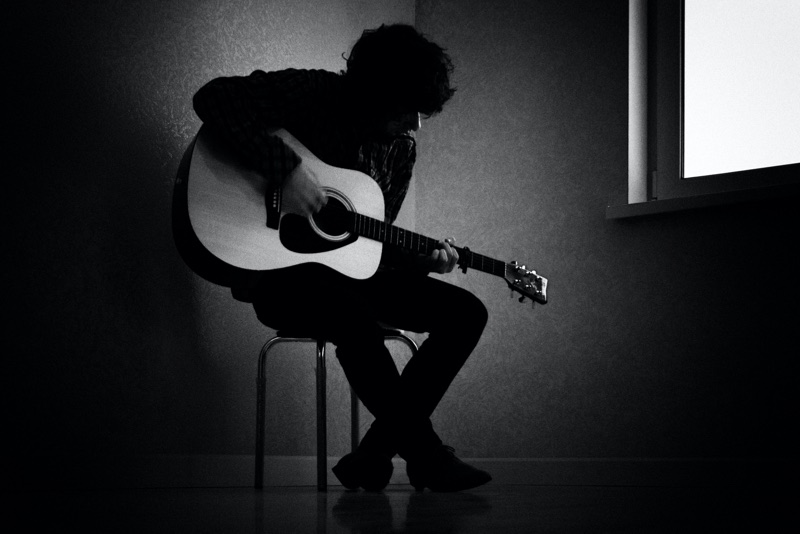
You can feel a video before you understand it, and that’s often thanks to sound. Music sets the atmosphere fast. A low beat adds tension. A soft piano line brings calm. Sound design works as emotional shorthand.
A campaign can lean on voiceovers and ambient builds to echo personal growth. Other projects can feature haunting scores that linger. Sometimes, there’s silence, and that space speaks louder than any soundtrack.
The right music can tilt a look toward rebellion, romance, or reflection. It gives rhythm to the edit and weight to each movement.
Distribution: Where the Story Unfolds
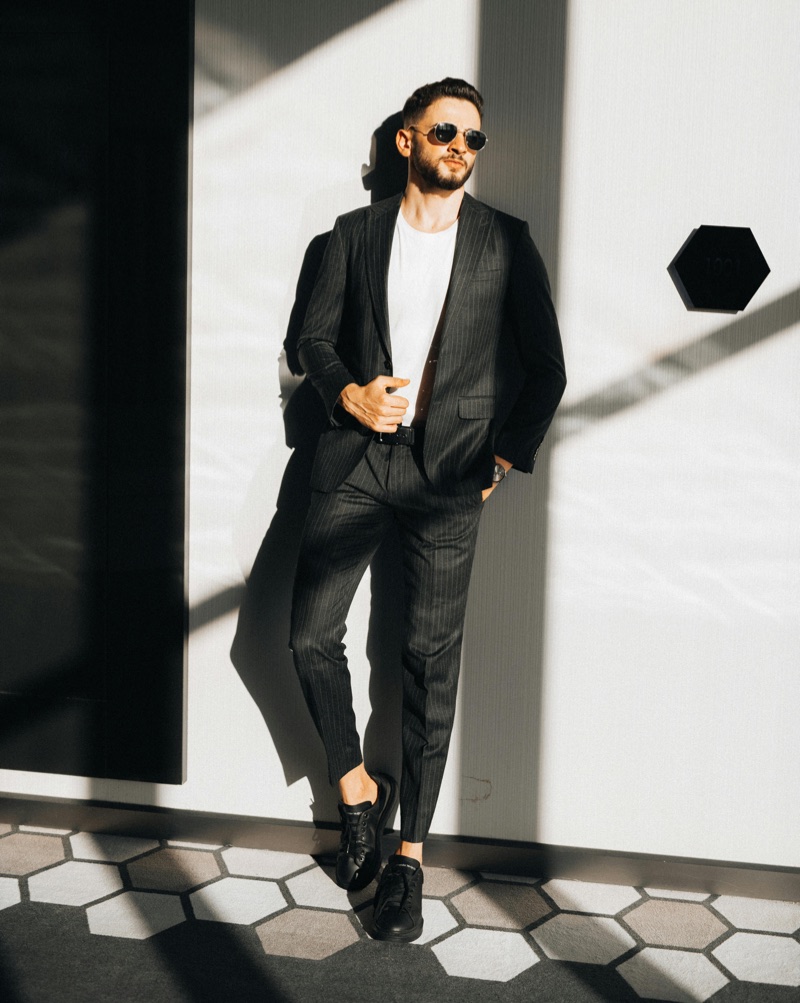
How an ad reaches its audience is part of the craft. It’s not just a matter of posting; it’s about placement, timing, and tone. Some brands debut their films like feature trailers, backed by fashion week buzz or carefully timed YouTube premieres. Others drip out visuals in fragments: a teaser here, a soundbite there.
Fashion ads adjust their voice depending on the channel. A 15-second vertical cut for TikTok hits fast and sharp. Instagram builds mood through loops and edits. Long-form on YouTube allows the full narrative to stretch out.
This isn’t one-size-fits-all. A polished scene might land differently on a smartphone than on a showroom screen. But that’s the point.
